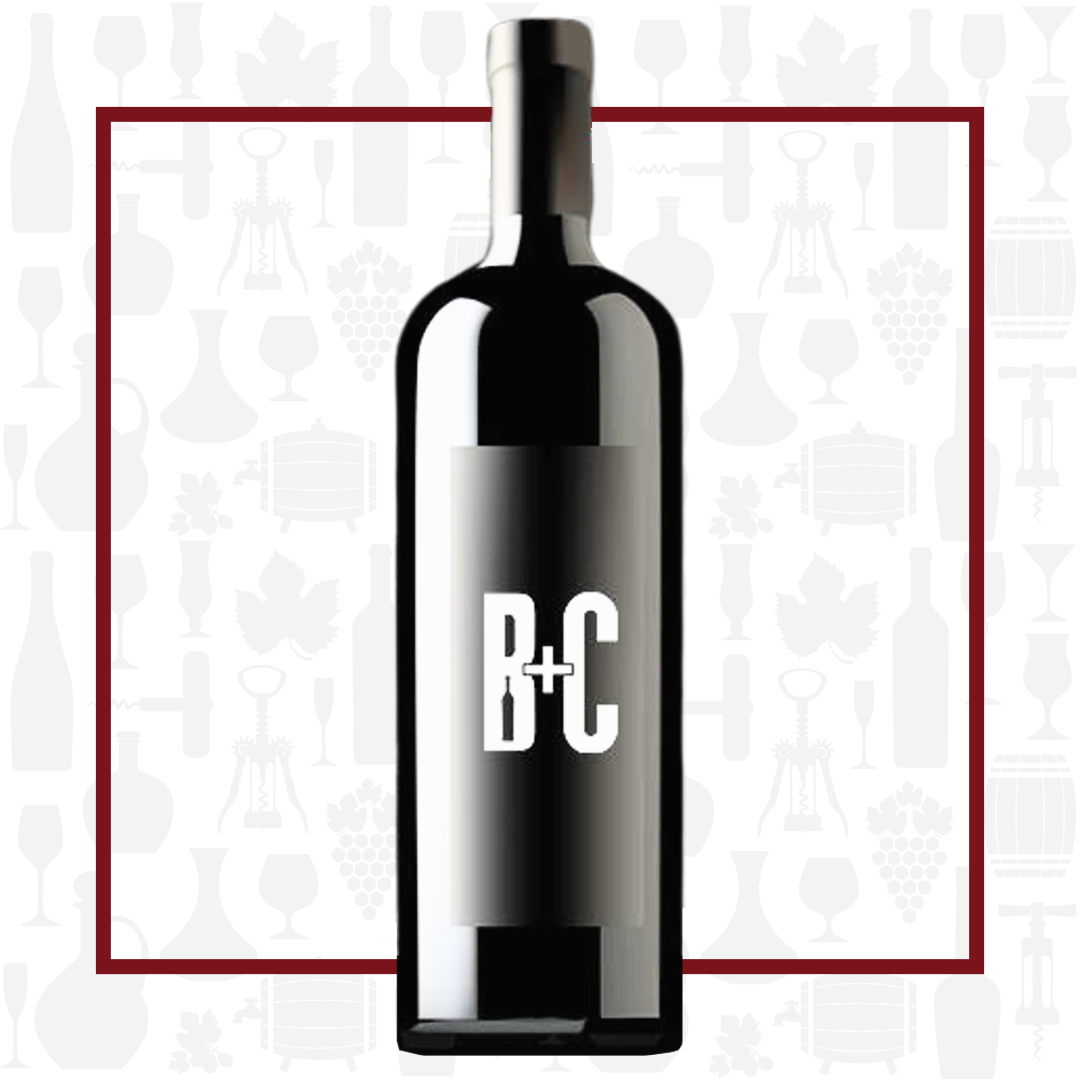Region
Located in the southwest of Switzerland lies the wide, glacial Rhône valley known as the Valais—one of 26 cantons that form the Swiss Confederation. The Valais region benefits from a particular microclimate as a result of its latitude and the fact that the valley is situated in between the Bernese Alps in the north and the Pennine Alps in the south. Home to the highest peaks in the Swiss Alps, more than 50 mountains exceed 4,000 meters—the highest of which reaches 4,634 meters (15,203 feet). At altitudes like this, the region is one of the wettest in the country. That being said, air loses its humidity when passing summits above 4,000 meters and forces a strong, dry, downward wind into the Rhône valley (known as the Föhn), deeming it the driest valley and wine producing region in Switzerland. This continental dichotomy creates ideal growing conditions; the crisp, dry air provokes a diurnal shift that is particularly helpful in the spring when the risk of frost is high, as well as in the fall, helping to ensure slow ripening. Overall, the Valais plain receives less than 600 millimetres of rain per year and more than 2,000 hours of sunshine during the growing season. At 5,000 hectares, the Valais is the largest AOC in Switzerland and accounts for a third of the total wine production.
Vineyard
One of the key philosophies in the vineyards for Jean-René Germanier is striking a balance between the amount of leaf surface and the quantity of grapes on the vine—an extremely important relationship when it comes to photosynthesis; more leaves means more vigour which often results in an abundance of grapes with low concentration. Leaf plucking and dropping fruit controls yields and boosts flavours. In addition to lowering yields, farming organically without the use of herbicides and pesticides, harvesting by hand are of utmost importance. The Cornalin comes from 30 year old vines in Valais, grown on alluvial deposits, slate and glacial moraine sediment.
Winemaking
“Classic” wines are aged in tank while “Reserve” bottlings are aged in barrel. The reds undergo cold maceration prior to fermentation, see regular pigeage throughout, and are aged in barrel. The 2016 Cornalin saw a 10 day maceration in 400 litre, open top barrels. Followed by fermentation & malolactic fermentation in the same barrels, then closed and left to age 12 months (50% new).
Varieties
Cornalin is the name of two distinct red wine grape varieties from the Alps – one from the Aosta Valley (Cornalin d’Aoste), one from Valais (Cornalin du Valais). Cornalin du Valais is also known by the names Rouge du Pays, Rouge du Valais and Landroter. It is a crossing of Petit Rouge and Mayolet. and often produces markedly rich wines that require some bottle aging to soften.
Tasting Notes
The 2016 Cornalin is a dark ruby with subtle garnet hues. The nose is incredibly enticing with scents of morello cherries, rose petals and stewed prunes. The palate is seductive with its round, velvety texture. The rich dark fruit and spice flow into a umami and saline quality that carries it into its long finish.

